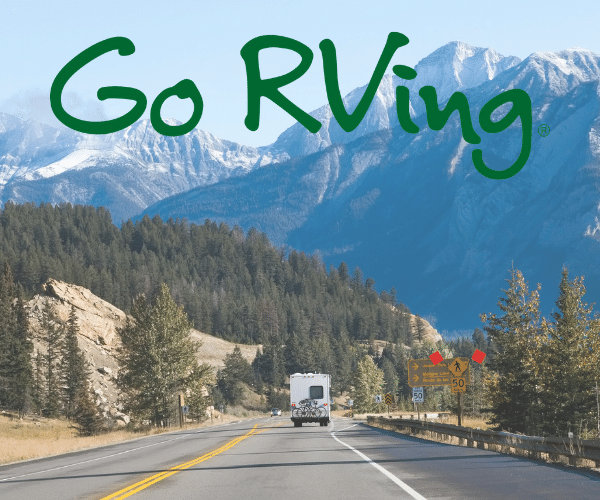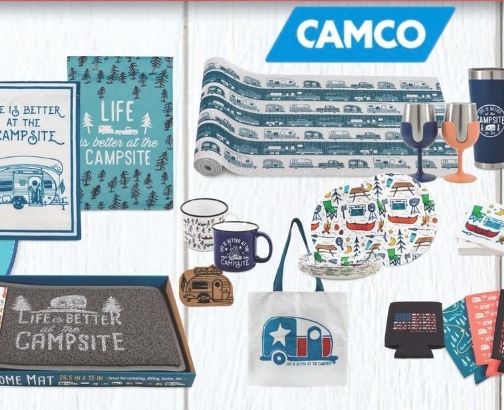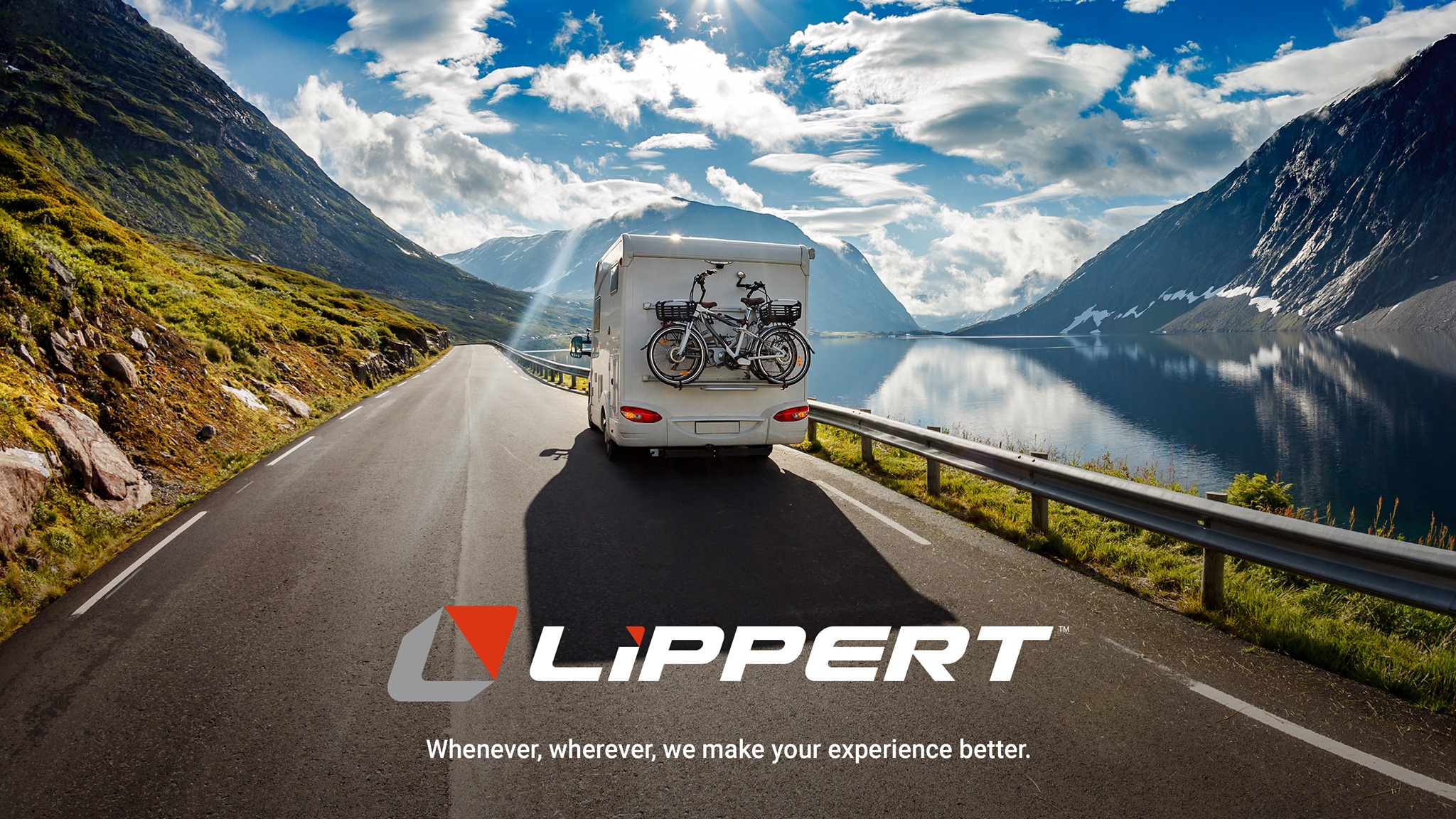Let’s face it, we all poop. It’s not a pleasant topic but it is a very real topic of concern to many women. The black and gray tanks are a mystery holding area that make many first-time and new camper owners (men and women) nervous. In fact, when I first got my travel trailer, I had a new toilet installed and then I refused to use it. I would go to the bathhouse in the campground as I could not wrap my head around the idea of using the potty over a black box under the trailer. Eventually I got over it (pun intended), but for many women we struggle with the issues of black and gray tank maintenance.
Issues that scare many new camper/RV owners are odors, leaks and emptying at a dump station. At home, we flush and likely do not think twice about it. At the campground, we need to be thoughtful to protect our trailer and the environment.
There are two tanks (usually) on most campers and recreational vehicles. The gray water tank is used to capture sink and shower water. Your soapy dish water goes down the drain to the gray tank where it waits for its second purpose to flush the drain hose after the black tank has been emptied.
The black tank holds the waste and wastewater we flush in the toilet. Its purpose is to allow us to camp without continuous hookup to a sewer connection. When it is nearly full (two-thirds or more) or completely full, it’s time to dump the black water tank.
The best way to protect your camper investment is to properly maintain its systems, regardless of age of the unit. My camper is 22 years old and proper maintenance allows me to have a safe, healthy camping environment. New trailers and recreational vehicles are expensive; you will want to protect that investment for as long as you own it. Preventative maintenance is your best bet for protecting your rig.
To Flush or Not to Flush
Yes, always flush! And, wash your hands! Mom’s advice is still the best advice. The best steps you can take to ensure the plumbing to and from your black tank doesn’t get clogged is to watch what you put down your toilet. Only use toilet paper you know to be safe for RV use. This is really important as RV/camper toilet paper degrades differently than regular at home toilet paper. Do NOT flush your Cottenelle or Charmin from home!
Ladies, by now we have seen all the signs in every restroom in America. Do not flush feminine hygiene products down any toilet, ever. This is true at public restrooms, at home and especially in your camper.
Next, remember that wipes clog pipes. Sewage systems in America are not designed for wipes. Millions of dollars are spent in wastewater treatment plants unclogging sewer systems. Keep a small trash can near your toilet (at home and in the camper) for your wipes and feminine product waste.
Both of the above mentioned products resist degradation in tanks and can block your tank’s ability to be completely emptied. The only things that go down the toilet are human waste, wastewater and RV/camper approved toilet paper.
Speaking of wastewater – always make sure there is water in the toilet bowl before you sit down. The water will help flush human waste into the tank and keep it from building up into the dreaded poop pyramid directly under the toilet opening (makes me gag just thinking about it). Every flush should involve five to ten seconds of flush water to ensure the waste does not collect at the bottom of the black tank directly under the toilet opening.
Use Proper Chemical Treatments
Personally, we have not used a chemical treatment on our black tank. I am probably tempting fate by admitting this fact. Many manufacturers recommend a designated black tank treatment to keep odors under control. Chemical treatments will also help break down solid waste quickly. I have an environmental concern about emptying chemicals into our wastewater systems. This is a personal choice. There are many high quality treatment chemicals on the market and my suggestion is to try what you think works best for you or is specified by your rig’s manufacturer. Do keep in mind that you should never use bleach. Bleach will erode the rubber gaskets and plugs that your black tank relies on to do its job properly. Also remember that a black tank does not operate like a home septic system. Therefore, bacterial septic additives are a no-no.
In our camper, a 22 year old trailer that is way out of warranty, I don’t worry about manufacturing specifications. Here’s what we do and if it works for you, wonderful. If it doesn’t, that’s ok. You do what’s best for your camper/RV.
Dumping
Probably the least favorite chore of a camping trip is dumping. You all see it….you’ve had a splendid week or weekend camping, everyone is happily bone tired, and you are all packed to leave. You are ready to pull out and you get in line at the dump station with everyone else pulling out at 10:30 a.m. (Yes, we always intend to leave by 8 a.m., but somehow it just doesn’t happen.) So there we are at the dump station watching the camper in front of us dump their waste, waiting for our turn.
First, let’s talk safety! Keep a box of disposable gloves (Personal Protective Equipment, aka PPE, for my healthcare friends) in your rig or truck. Trust me on this. Gloves will make you feel better about the whole process, keep your hands cleaner, and are disposable. You can buy them at WalMart in the automotive section, at any auto supply store, or even at craft stores. Second, keep a good bottle of anti-bacterial hand sanitizer in your vehicle. Use this immediately after removing the aforementioned gloves.
Second, only dump when your tank is two-thirds or more full. The reason for this is because if you drain the system when it’s not full or at least close to it, you may not wash away all of the solid waste inside the tank. This can lead to odor issues or future blockages.
Be polite and hose off the dump station area before you pull forward. You don’t want to step in or be exposed to waste or wastewater, and neither does anyone else. It’s just good manners.
Finally, if it is your first time dumping, don’t hesitate to ask the camper behind you for assistance. Trust me – they would rather assist you and get you on your way efficiently, than wait behind you while you toil away. Likely they will also share a trick, tip or insight that will help you in the future.
If you are fortunate enough to have a site with full hook up, the process is the same. Just hook up to the camp site waste drain and perform the same process when it is time to break camp. It is highly recommended to keep the drain valves closed until the tanks are at least two-thirds or more full for two reasons. First, it provides an adequate flush of water to push all waste out of the tanks; second, keeping the valves closed while camping will ensure that no unpleasant gasses or odors can enter the camper from the campsite drain line. Just keep in mind tank levels and drain as needed during your camp.
Here is a step-by-step suggestion for dumping. This works at the dump station or at the site if you have full hook up.
- Make sure your black tank is two-thirds or more full, adding flushed water if necessary to reach capacity.
- Open the black tank and drain completely. (Note to self: Make sure something heavy is resting on the drain end entering the ground receptacle so the pressure from the tank doesn’t fling the stinky slinky off the receptacle creating a groundwater mess. Yes, I learned this the hard way!)
- Close the black tank.
- Open the gray tank and allow it to drain completely. (Again, make sure something is holding the receptacle down to the ground to prevent a mess. Trust me on this!)
- Close the gray tank.
- Remove the hose from the trailer/RV end but leave it connected to the ground receptacle.
- Flush sewer hose with fresh water hose to ensure sewer hose is empty, pointing it down toward the ground receptacle so everything flows into the ground receptacle.
- Remove the sewer hose from ground hook up (at campsite or at dump station).
- Spray everything off with the water hose, including the area around the sewer drain just to be polite.
- Put the sewer hose back into its holding container.
Now, right before I pull out and AFTER I have closed the tanks and stored the sewer hose, I flush a half gallon of water into the closed black tank (just enough to slosh around while towing home) with a cup of Pine Sol, and a cup of liquid fabric softener (dollar store variety is perfect). The water, Pine Sol and fabric softener stew works its mysterious magic and we have never had odor or issues of build up in the black tank. The Pine Sol deodorizes and the fabric softener coats the walls of the black tank ensuring nothing can stick and build up. Again, this is what works for my camper. You may need to experiment to find what works for you.
Clean Your Black Tank
Here’s where things get a little messy. Cleaning your black tank from time to time (once a year is probably sufficient) helps ensure your black tank is working properly. Newer trailers and some RVs have black tank flushing systems installed on them already. Yay, you! For those of us who have an older model, we need to do the flushing and cleaning ourselves. The most basic procedure for cleaning your black tank is listed below.
- Drain your tank.
- Remove any buildup in the system thoroughly.
- Add some water to the tank.
- Add a good black water treatment.
Step number two is critical. This can be done by purchasing a tank sprayer that you insert into the toilet to spray out the inside of the tank, use the RV’s already installed tank flushing or spraying system, or install a flush valve or a macerator to your RV. These all do the same job. They spray the inside of the tank in the hopes of removing any buildup – no poop pyramids for you! From there, it’s a matter of using the black tank treatments (previously mentioned).
Good luck and God speed! You absolutely can do this!
Written by Amy Kovach, Girl Camper Guide, South Carolina





Love this article! I feel better about things already 🙂